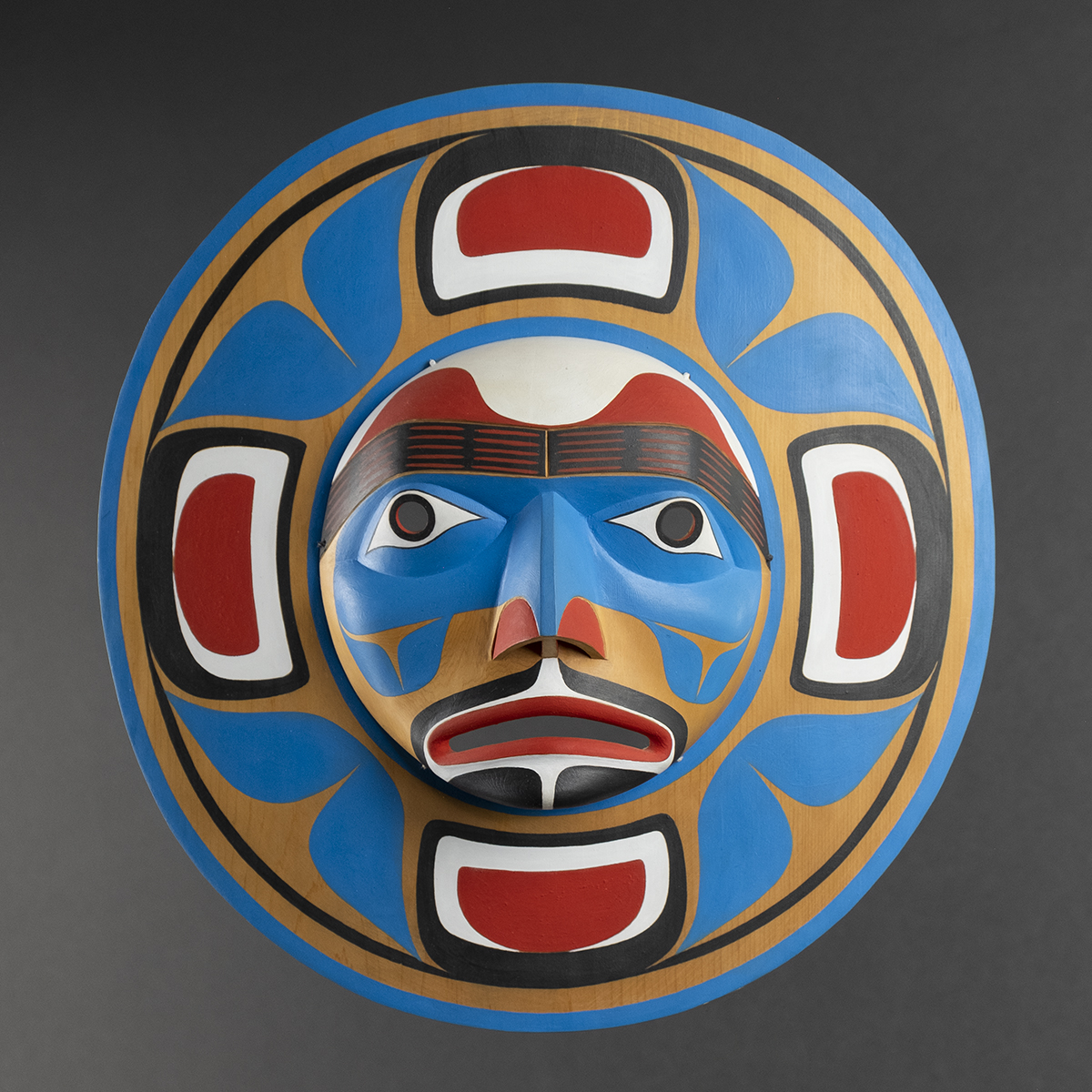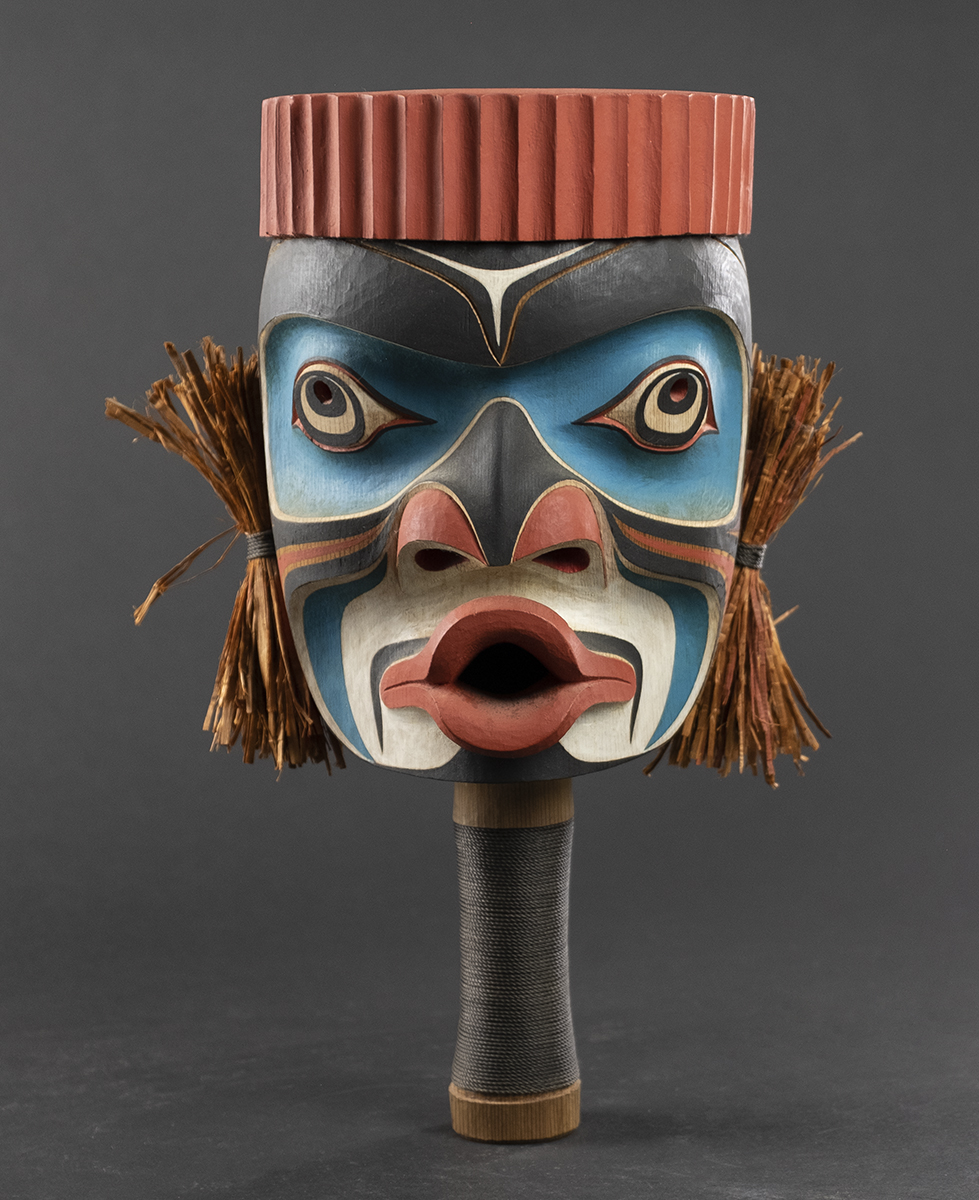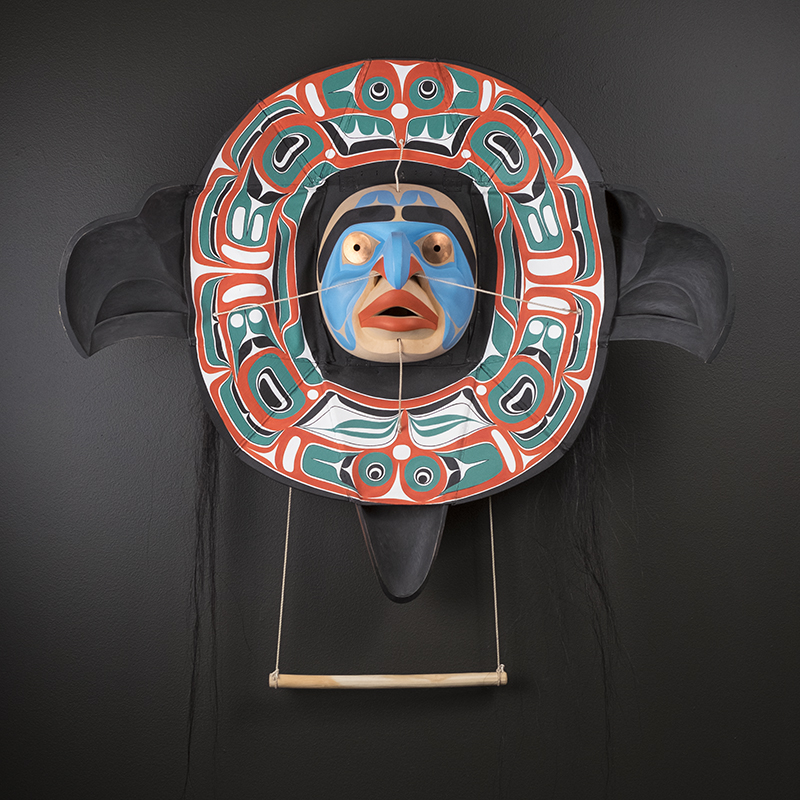Cree artist Gene Brabant was born in Victoria, B.C. in 1946. Originally from Saskatchewan, Brabant’s family moved to the West Coast during the Second World War after his father was discharged from service. As a child, Gene became close friends with the celebrated Hunt family. Brabant spent his childhood watching late Kwakwaka’wakw master carvers Mungo Martin and Henry Hunt work on the Thunderbird Park project at the Royal Museum of British Columbia in Victoria, BC. He was offered his first apprenticeship by Kwakwaka’wakw artist Tony Hunt when he was just fifteen years old, but did not accept the offer until he was twenty-three years old. At the invitation of Tony Hunt Sr. Gene began studying and working at Arts of the Raven, a workshop and gallery opened by Tony and colleague John Livingston, and he continued to work there throughout the seventies.In 1971, Gene began carving full-time with Tony and John Hunt. He also worked with adopted Kwakwaka’wakw carver John Livingston. Gene has been trained in Kwakwaka’wakw style, but he often works in classical Nuxalk or Bella Coola style. He is artistically inspired by Nuu-chah-nulth artist and carver Joe David, and his painting style is influenced by Kwakwaka’wakw artist Willie Seaweed. Gene has travelled extensively to visit museums and study older pieces in collections, and his work is often an interpretation of these older pieces.
In the decades since, Gene has become a well-established and successful carver and jeweler. Gene’s work has been featured in a number of exhibitions and collections in Canada and abroad, including the Museum of Civilization in Hull, Quebec, the Seattle Art Museum, and the Museum of Osaka. His son, Jay Brabant, is also a carver and artist.



